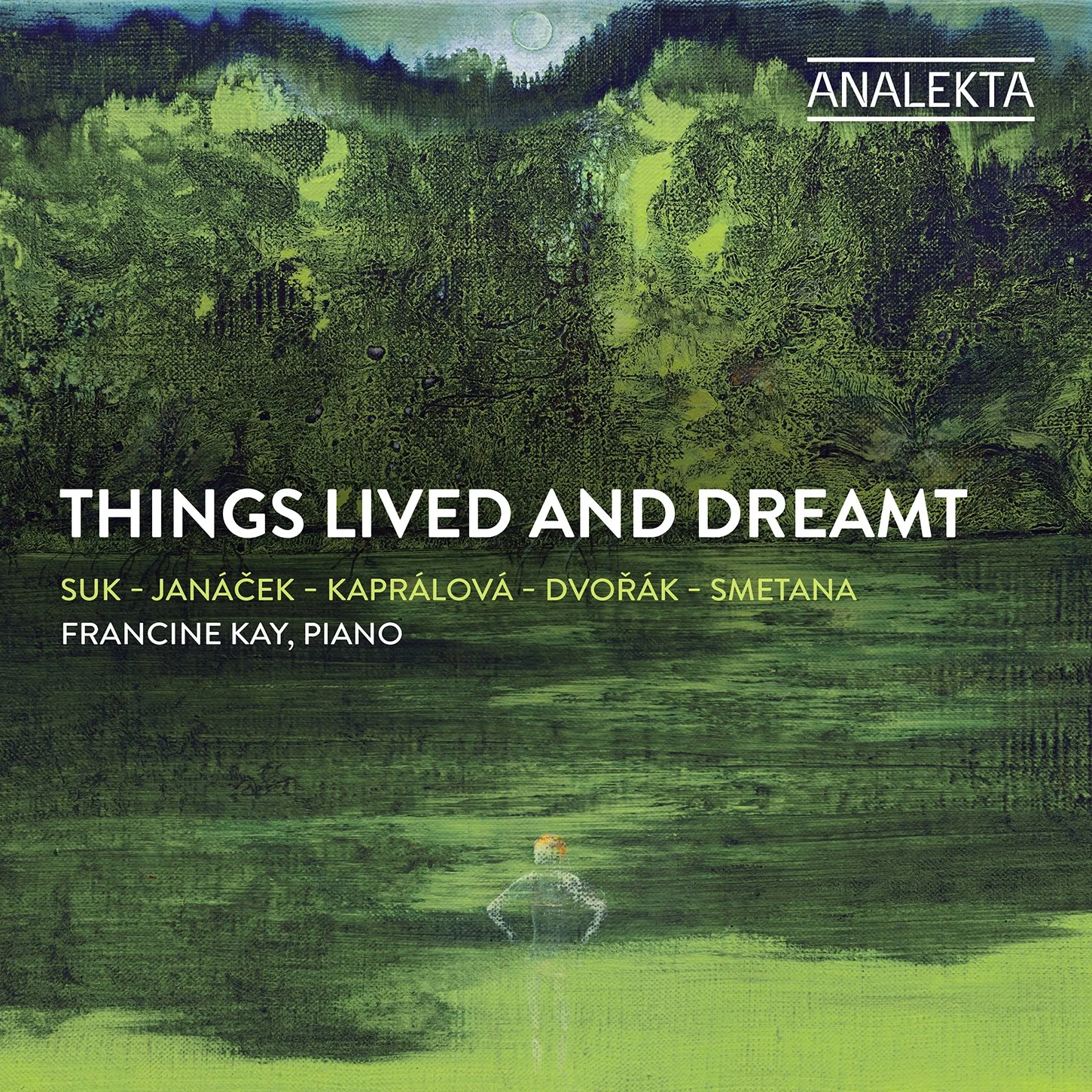Concert Review: Momenta Quartet Plays Ligeti, Partch, and a Roberto Sierra World Premiere (Oct 16, 2019)
The Momenta String Quartet gave each of its members an evening to curate during this year’s edition of the ensemble’s Momenta Festival. Despite a heavy rainstorm, a sizable audience turned out for the “Night Dances” concert curated by first violinist Emilie-Anne Gendron. While her inspiration may have lain in the shadows, the energy was bright during a program of fascinating music by legendary 20th-century iconoclast Harry Partch, modernist icon György Ligeti, and others. Notable was the world premiere of an intense piece written for the Momenta Quartet by the eminent Puerto Rican composer Roberto Sierra – who can count Ligeti as one of his teachers.
It’s hard to imagine Sierra, who was in attendance, being anything but delighted by the debut of his “Cuarteto para Cuerdas (String Quartet) No. 3.” A thoughtful and virtuosic showpiece, with five flowing movements built around a single nine-note scale, it leaps off the page with tricky rhythms right from the start. A percussive and densely harmonic “Cantando” second movement opens the way for the intriguing fits and starts of the “Rapidísimo” third. The final movements boil together with untrackable (yet somehow playable) rhythms. Altogether it’s a brilliantly constructed contiguous whole that leaves the listener metaphorically breathless.
The musicians’ convincing reading made Sierra’s new baby a fitting counterweight to the big beast of the concert’s second half, Ligeti’s String Quartet No. 1, “Métamorphoses nocturnes.” This work demands a great variety of techniques and colors, which the musicians achieved with a warm humanism matching their technical mastery.
As the instruments traded off on the simple main theme in the final section, sometimes straightforwardly, sometimes in reverse, sometimes with slides, the theme’s wild variations and developments, which had formed the meat of the piece, came back to me in a satisfying recall (including a sort-of-cubist waltz). This youthful work may predate the full flowering of the composer’s personal language, but it fully deserves its place in the 20th-century canon, as the Momenta’s accomplished performance demonstrated.
Harry Partch was surely one of the last century’s most unusual musical spirits, defying most conventions and composing for instruments of his own invention. Gendron chose to open the concert with an arrangement for string quartet by Ben Johnston of Partch’s “Two Studies on Ancient Greek Scales.” These folksy miniatures featured playful melodies with startling use of just intonation, evoking in a humble but effortless way the weirdness of the large 44-string resonating boxes called the Harmonic Canon II for which Partch originally wrote them.
The Ligeti and Partch on the program drew me to this concert, but I was pleased to hear music by Erwin Schulhoff as well. This Czech-German-Jewish composer who perished in the Holocaust is little heard today. I first encountered his music on the Jerusalem Quartet’s recent Yiddish Cabaret album (reviewed here), which included Schulhoff’s spirited “Five Pieces for String Quartet.” Gendron of the Momenta performed a piece I hadn’t heard before, Schulhoff’s 1927 “Sonata for Violin Solo.” Playing a modern violin that sounded both fulsome and intimate in the Americas Society‘s small concert hall, she regaled us with magnificent fiddling in this colorful, barnburning music.
As if the pieces described above didn’t offer enough variety, the night-inspired program also included Mario Lavista’s String Quartet No. 2 “Reflejos de la noche” (1984), comprised entirely (with the exception of some lighthearted squeaks) of harmonics. So of course it’s a quiet piece, but its suggestions of bird and insect sounds are punctuated by siren wails. The single movement develops into a kind of skewed pastoral, with a surprisingly wide variety of colors (given the restrictions of harmonics), and tugged in unexpected directions by blue notes.
The Momenta musicians played this innovative (if somewhat overlong) work with sensitivity and charm, as they did the entire program. Their festival wraps up Oct. 18 and 19 with concerts at the Tenri Cultural Institute. Visit the Momenta’s website for information on upcoming concerts, and the Americas Society website for its calendar of upcoming musical events.






